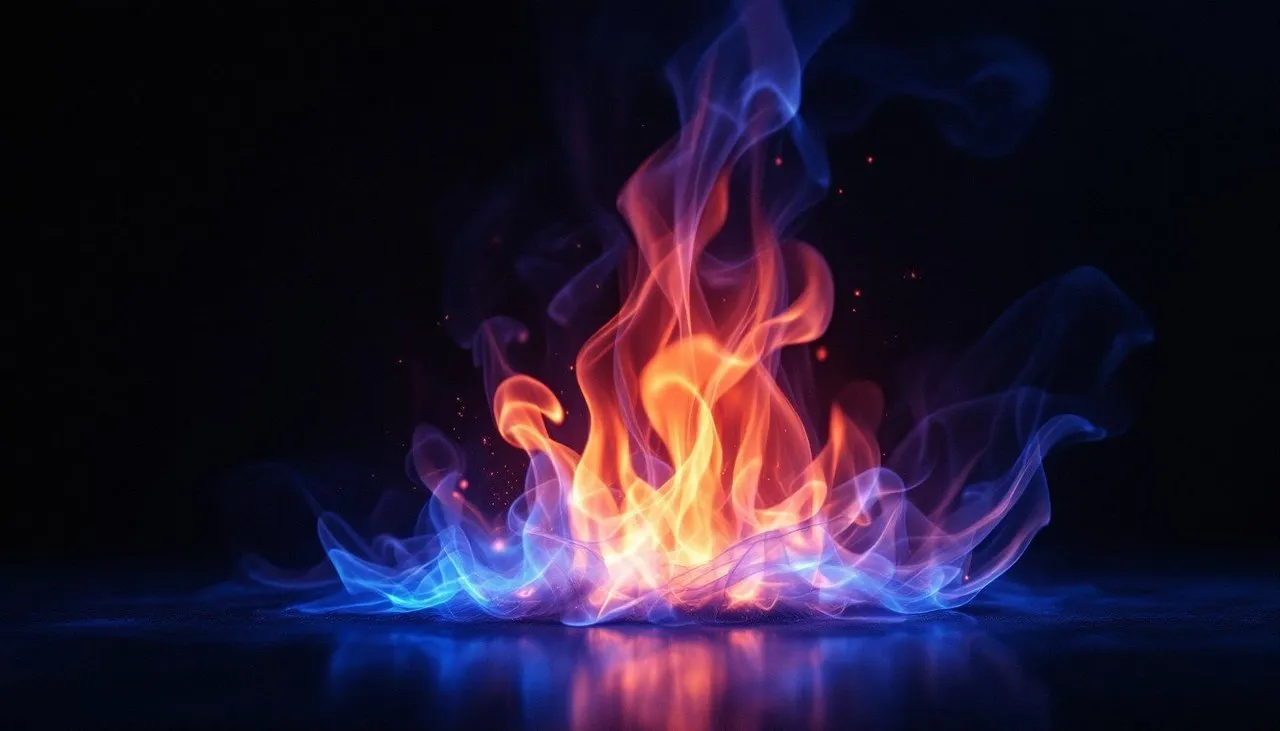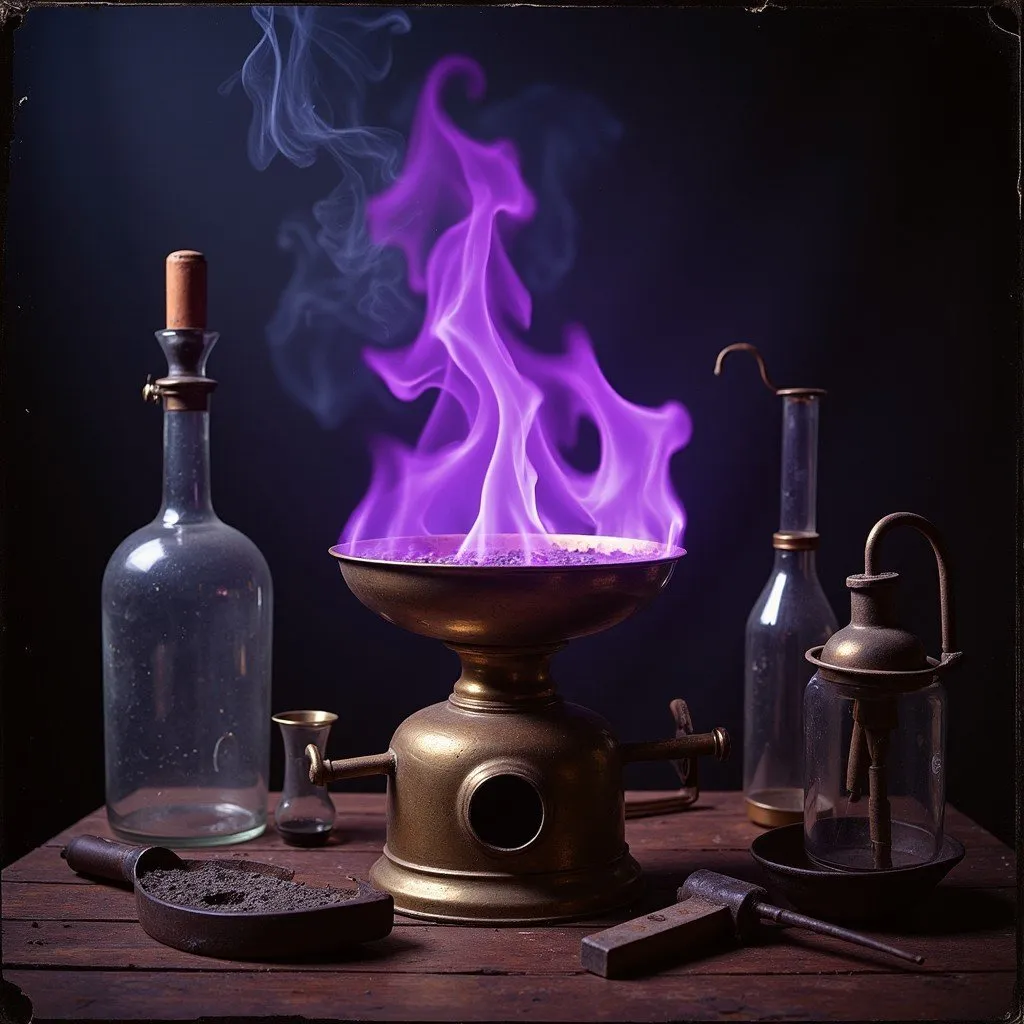We all use fire for our daily activities, including cooking, smoking, burning, roasting, etc. Fire can be intriguing, warm, and dangerous at the same time. As important as it is, we do not understand how it works or its makeup. Is fire solid, gas, or plasma?
Fire is not a substance, it is a chemical reaction. It is not something that can be contained in a container or jar, it is a result of a combination, and it is a process rather than a physical object. See fire and rainbow in the same light. You cannot hold a rainbow which is a result of light bending through water, so can you not hold fire?
There is fire when the fire triangle is complete. The triangle is made up of oxygen, fuel, and heat. For fuel, a combustible material is needed, and this material can vary from wood, wool, paper, gas, or so on, as well as a heat source to start the fire and oxygen. Once any of these three is removed, fire ceases to exist.
When a thing burns, it breaks down to release gases like carbon dioxide, carbon monoxide, hydrocarbons, and water vapor. These gases then react with oxygen to give the fire flame we see. So the flame is made up of hot gases in an excited state. The atoms and molecules from the gases react to form light. In the case of small lights from objects like candles emitting yellow light is a result of tiny soot particles of carbon that are so hot they glow. Flames from gas and stoves that appear blue are a result of fewer soot particles being produced.
Some people refer to fire as plasma which is the fourth state of particles after solid, liquid, and gas. At extreme temperatures, the gases in fire become ionized where the ions lose electrons becoming charged, and with that definition, fire qualifies to be called plasma but not all fire types fall under this category as simple flames are just gases and particles.
Fire can have different colors and this is because different elements release different wavelength of light when they are hot. Copper give a green flame, sodium gives a yellow flame, and potassium has a purple flame. The color of the fire you see is dependent on the element that's burning. When you are out for a firework, be certain that the colors you are seeing are a combination of different elements producing fire.
Fire is a combination of gas, heat, energy, and light which comes together in chemistry not as a substance but as a result of a process.
Reference
https://www.iitr.ac.in/safety/Safety%20Awareness/Fire_Safety.pd
https://learn.org/articles/What_is_Fire_Science
https://science.howstuffworks.com/what-color-is-the-hottest
https://pmc.ncbi.nlm.nih.gov/articles/PMC10386475/
https://www.plasma-universe.com/fire-flame

